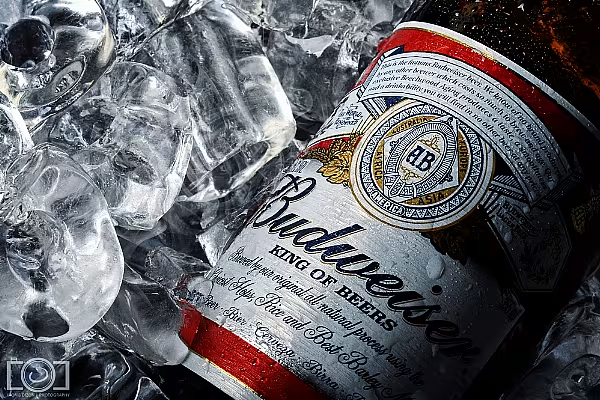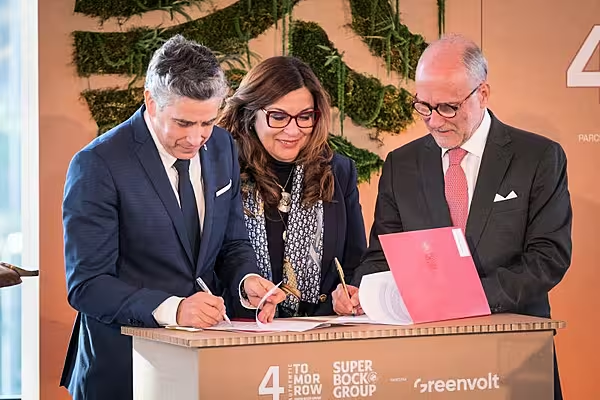Anheuser-Busch InBev, the world's largest brewer, forecast strong revenue and profit growth in 2019, with a focus on increasing beer sales rather than just prices, after higher-than-expected earnings at the end of 2018.
The brewer of Budweiser, Corona and Stella Artois is seeking to draw developed world consumers back to beer from wine and spirits through a wider range of premium lagers and also to attract emerging market drinkers with affordable beers.
The company gave no numerical target for earnings growth this year, but said revenue per hectolitre should increase by more than inflation due to consumers trading up to premium beers as well as price rises. Costs would grow at a slower pace.
Upbeat Outlook
"Phew," was the reaction of James Edwardes Jones, analyst at RBC, saying that the results were good and the outlook upbeat.
"Investors' nervousness ahead of these results was palpable."
The shares fell by 38% last year, far worse than the 9% drop of the STOXX 600 European food and beverage index , as the company laboured in its biggest markets, the United States and Brazil, and under the weight of large debts.
AB InBev, which sells more than one in four beers drunk globally, said it wanted top-line growth to be more balanced between revenue per hectolitre and volumes.
Rival Heineken, the world's second largest brewer, forecast earlier in February that its operating profit would increase by a mid single-digit percentage this year after beer sales growth in all regions in 2018.
Debt Pile
AB InBev needs a sharp pick-up of earnings to cover the $100 billion it paid for nearest rival SABMiller in 2016. Net debt stood at $102.5 billion at the end of last year.
The Belgium-based company wants to bring its net debt to core profit (EBITDA) ratio to two times. It dipped to 4.6 times at the end of 2018 from 4.8 a year earlier and forecast this would be below four by the end of 2020.
Aware of its debt burden, AB InBev cut its proposed dividend by half in October after disappointing beer sales in the third quarter.
AB InBev said that over the past year it had seen improved volumes, revenue and market share in Mexico, Colombia, China, western Europe and several African countries.
It lost a 0.4 percentage point share of its largest market, the United States, but this was the slowest decline since 2012.
However, it said it was held back by lower than expected results in its second-largest market Brazil and in Argentina and South Africa.
The decline of many emerging market currencies to the dollar and increased costs for aluminium and for US freight also hit earnings.
In the final quarter of the year, core profit (EBITDA) rose by 10% to $6.17 billion, above the 7% like-for-like increase forecast in a company-compiled poll.
News by Reuters, edited by ESM. Click subscribe to sign up to ESM: European Supermarket Magazine.














